Holi
The Spring Fiesta of Colours– Holi
The celebration of the spring festival Holi begins on Purnima Tithi or full moon day in the Hindu calendar month Phalguna. This vibrant festival that heralds the end of winter and the advent of spring is a festival of colours and has been described as the feast of love. This festival, turning a new leaf and signifying the end of negativity, is celebrated in diverse ways with diverse essence marking the celebrations in different regions of the country. Although elements that relate to the renewal of time and people out on the streets with unrestrained use of colours mark the festive fervour of Holi in the customs of the different regions of the country. Celebrated with much gusto, it is observed for several days leading up to the full moon of the month of Phalgun or Phagun and features bonfires and street gatherings and dancing to traditional songs and music.
Holi ushers in a carnival mood among people of all ages where the merrymaking is marked by an array of delicacies and customs that conform to the legends associated with the festival. The festival, signifying good over evil, is also celebrated as a thanksgiving for a good harvest. The festival of colours brings the communities together with merrymaking and diverse traditions.
Explore the diversity of the intangible culture of the country that celebrates spring with fiesta and frolic.
Dhulandi
The festival of Holi referred to as “Dhulandi”, is the most popular tradition celebrated to mark the beginning of spring in regions such as Rajasthan and Haryana. Holika dahan, also known as chhoti Holi and Holika deepak, is a part of the festivities commemorating the legend of Holika being burned while attempting to kill Prahlad. On the eve of Holi, a pyre is set where gram, wheatgrass, stalks from the harvest, coconut and sweets are offered and lit after sunset to signify Holika dahan. People gather around the pyre to express their gratitude and pray for all their evils to be expended in the fire. Holika Dahan is followed by Dhulandi, the festival of colour and gaiety, where the celebrants play with colour and eat traditional sweets. This popular Holi tradition of Holika dahan followed by the celebration with colours is also observed in other parts of Northern India where people welcome the spring by getting drenched in colours and savouring gujiya and thandai, among other delicacies.
Lathmar Holi
The festivities of Holi begin with laddu holi at the sprawling campus of the Radha Rani temple in Barsana where spring is welcomed by playing Holi with laddus. Lathmar holi is celebrated the next day of laddu holi in Barsana whereas, in Nandgaon, the festivities of lathmar holi starts a day after it is celebrated in Barsana.
The festivities of Lathmar Holi begin by the recreation of the legend of Lord Krishna, who hailed from the Nandgaon village, visiting his beloved Radha's town, Barsana. According to legend, Krishna teased Radha and her friends, who in turn responded by taking offence at his advances and driving him out of Barsana. Syncing with the legend, the men from Nandgaon visit the town of Barsana every year and the women of Barsana pummels the men of Nandgaon with lathi (sticks) and the latter protect their heads with shields. Traditionally, the enthusiastic women make the men wear female clothing and dance in public who are the unlucky ones to be captured.
The Lathmar Holi festivities last for over a week, where people immerse themselves in colour and indulge in dance and songs alongside the consumption of thandai, a traditional drink synonymous with the festival of Holi.
The multifaceted celebration of Holi in Uttar Pradesh also includes phoolon ki holi and rangbharni holi celebrated in Vrindavan which is celebrated a day after the lathmar holi. The festivities continue the following day with the celebration of chadimar holi in Gokul and gulal holi the next day at Vrindavan when the widows living in Vrindavan play with the colours of Holi.
A traditional celebration of matki phod is also included in Holi celebrations which means breaking the pot. The men form a human pyramid balancing on each other's back to break an earthen pot filled with buttermilk to signify the legend of Krishna reaching out to the butter or yoghurt hung above his reach. The tradition is followed in Maharashtra as well during Holi celebrations.
Dol Jatra or Dol Purnima
Known as “Dol Jatra”, or “Dol Purnima” in the Eastern region of the country like Bengal, Tripura, Odisha, the celebrations are dedicated to the legend of Krishna and Radha.
Dol Jatra or Dol Purnima is celebrated on the full moon day in the month of Phalgun. The legend of Krishna and Radha is associated with the origin of Dol Jatra. An auspicious event, the festival is also known as the swing festival as the idols of both Krishna and Radha are adorned and placed on decorated palanquins and offered abeer or coloured powder as a part of the ritual and custom of the festival. The picturesquely decorated palanquin is then taken around in procession with devotees taking turns to swing the palanquin and others dancing and singing devotional songs around it. The coloured powder, known as phag and abeer is smeared at the people. The day also marks the birth anniversary of Sri Chaitanya Mahaprabhu, a great 16th century Vaishnava saint and poet from Navadweep, Bengal which adds more significance to the Bengalis.
Dol Purnima is celebrated in Odisha to mark the onset of spring that begins on falgun dashami with the famous dol jatra. Dol Purnima lasts for 4-6 days and ends on the full moon night. Similar to the traditions in Bengal, the idol of Lord Krishna is carried around in procession to all homes on a decorated Vimana (palanquin) amidst Sankirtan Mandali, drummers, singers and musicians. The festival culminates with a swing festival for the deities.
Doul Utsov
“Doul Utsov” is celebrated with great fervour by the people of Assam. Doul Utsov also called the Phalgu Utsov is among the main Vaisnavite festivals observed in different Satras of Assam. The origin of the Doul Utsov began with its introduction and popularisation by the great saint Srimanta Sankardeva. The people of the region of Barpeta in Assam immerse into the colourful gaiety during the doul festival. It is one of the significant occasions in Barpeta where the traditional customs are continued for three to five days. The three day Doul is called deka doul and the four or five days is called bura doul. Holigeets are sung during the festivities which are exquisite compositions in praise of Lord Krishna that enthrals the heart of the Assamese people. The celebrations begin on the day of gandha, which goes on bhar doul and the last day is the phakua or suweri when the people of Barpeta smear phakuguri or coloured powder. Dhuliya nritya and ojapali are performed during the festivities. Doul Utsav in Bardowa Than in Nagaon lasts for five days beginning from gandha to the fifth day where one can witness a continuous flow of devotees who assemble in thousands to celebrate the festival.
Rang Panchami
In Maharashtra, the festival of colours is known by the name of “Rangpanchami”. Celebrated for five days in the month of Phalguna during the Krishna Paksha on Panchami tithi, Rangpanchami is celebrated five days after Holika Dahan. The festival is observed mainly by the fishing community of Maharashtra and celebrated by splashing coloured water and smearing gulal. The festivities are also characterised by the traditional Palkhi dance.
Shigmo
Known as “Śigmo”, the vibrant spring festival is celebrated in Goa as a part of the spring festival. The festival celebrated with great fervour in Goa begins during Holi and lasts for fourteen days with the fifth day known as Rangpanchami. The colourful festival that lasts for fourteen days includes street parades and processions nearby temple areas and is filled with dance and sprinkling of gulal. Holi celebrations are a part of the Shigmo celebrations in Goa.
Ukkuli and Manjul Kuli
Holi is celebrated as “Ukkuli” in Konkani or “Manjal Kuli” in Malayalam in some parts of Konkan coast and in Kerela.
The Konkani festival of “Ukkuli” is celebrated around the Konkani temple, Gosripuram Thirumala temple. Ukkuli means bathing in turmeric water where people celebrate by throwing turmeric water on each other. Also celebrated in Goa, Ukkuli, a festival of Gowda Saraswat Brahmins, begins from the Amavasya of Maga month to Poornima of the Phalgun month. A human effigy is built and kept in the temple on the Amavasya of Maga month. The celebrations begin with Aaji Holi when areca nut trees are burnt to symbolise Holika Dahan. The festivities continue with the second day known as Faii Holi when feasts are prepared and shared with the community and ending on the third day, Ukkuli, with the burning of the effigy of Bodhanan.
Similarly, “Manjal Kuli” is celebrated in Kerala where the festive fervour of Holi is limited to a few communities. Mainly celebrated by the Konkani and the Kudumbi communities, people indulge in the festivities by visiting the temple followed by spaying turmeric water and dancing to traditional folk songs.
Phaguwa
Holi celebration by the people of Jharkhand and the adjoining state Bihar is known as “Phaguwa'' in the local Bhojpuri dialect. The legend of Holika is prevalent in this region and the festivities begin with bonfires being lit on the eve of Phalgun Purnima. The bonfire is lit with the wood of the Redi tree and Holika tree, dried cow dung, and grains from the fresh harvest. The following day people celebrate the festival with a lot of frolic and colours. The traditional festivities are also marked by Holi Milan which is observed by gathering of family and well-wishers to apply colours or abeer. People get into the festive fervour by playing in mud or clay and dancing to folk songs and dholak (a two-headed hand drum) as well as savouring the mouth-watering delicacies and thandai, intoxicated with bhang, made from cannabis.
Phagua dance is performed during the spring festival by the tribes of Jharkhand and Bihar. The dancers smear coloured powder and throw coloured water on each other as they dance to celebrate the festival of colours.
Yaoshang
A veritable reflection of the vibrant folk culture of Manipur, the spring festival of Holi is celebrated as “Yaoshang'' in the region. It is celebrated by the Meitei community of Manipur. The festivities continue for six days and is commenced by the burning of a Yawol Sang after the sunset with a spiritual function followed by the custom of nakatheng, children seeking donations from door to door. The second and third day of the festival is also dedicated to nakatheng where girls go to their relatives' place seeking their nakatheng. The festivities are followed by people splashing and pouring water on each other. Thabal Chongba, is one of the significant features of the festivities of Yaoshang. One of the oldest forms of folk dance of Manipur, Thabal Chongba, is performed by the young boys and girls when they assemble after dusk in a spacious courtyard or meadow under the bright moonlight. The festival ends with Halangka, a colourful and long religious procession of devotees.
Kaman Pandigai
The festival of “Kaman Pandigai”, a tradition observed in Tamil Nadu as well as other parts of South India, is also known as Kamavilas and Kama-Dahanam, dedicated to Kamadeva, god of love. The legend of Shiva burning Kamadeva into ashes for distracting him from his deep meditation is recreated on the Purnima Tithi or full moon day of Phalguna. The image of Cupid is painted, worshipped and burnt to mark the legend of the burning of Kama. There is also the tradition of the flag of Kama planted in a prominent place in every street for four to five days before the full moon. These flags of kama are worshipped with songs of love and other frolics and burnt on the day of the full moon. The significant part of the customs involves singing songs depicting the despair of grieving Rati, wife of Kama and offering sandalwood paste to Kama to ease the pain of burning. It is believed that Rati succeeds in convincing Shiva to revive Kama on the day of Holi. The celebration of the festival in different moods of sorrow and mourning followed by the happiness of revival is accompanied by the Kaman Pandigai or Kaman Koothu, also known as Kamandi dance, a popular folk dance narrating the legend of Shiva destroying Kama.
Hola Mohalla
“Hola Mohalla”, a Sikh festival traditionally observed on the first of the lunar month of Chet, follows the Hindu festival of Holi by one day. The term Hola Mohalla, stands for a mock fight, a tradition that originated when Guru Gobind Singh held the first mock fight event at Anandpur Sahib in February 1701. The main features of the festivities of Hola Mohalla, celebrated by the Nihang Sikhs, are the demonstration of the physical agility, stamina and endurance of the men through martial arts form. It is a three-day festival where exhibitions and displays of weapons as well as mock fights, performances of gatka sword fight, bareback horse riding, and various other feats of bravery are held. Apart from the sport's traditions, a number of Darbars are held where Sri Guru Granth Sahib is present and kirtan and religious lectures take place. The festival ends with the procession from one of the five Sikh religious seats and passes through various important Gurdwaras. The tradition of setting up community kitchens to feed people has been an integral part of the carnival.
Kumaon Holi
A kaleidoscope of colours and folk songs, the “Kumaon Holi” reflects the vibrant local culture of Uttarakhand. Celebrated in unique form, Kumaon Holi is celebrated in three ways- Baithi Holi, Khadi Holi and Mahilaon ki Holi.
Also known as Baithaki Holi, Baithi or sitting Holi starts from Basant Panchami. The eccentric tradition is observed by people gathering in temples, community centres or homes and singing Holi songs. The custom of Baithi Holi is mostly without colours. On the Ekadashi before Phalguna Poornima, the custom of Khadi Holi or the standing Holi begins with cheer, the tying of a piece of cloth around the branch of the Padam tree and sprinkling of abeer and gulaal along with water. The cheer or the tree branch with tied pieces of cloth is used during Holika Dahan parikrama and returned to its place. It is the menfolk, called holyaars, who gather and sing Khadi Holi songs. Dressed in white-coloured kurtas and pyjamas and wearing topis, these holyaars go from house to house to perform Khadi Holi songs. The Mahilaon ki Holi, celebrated exclusively by the women folk as the name suggests, is the combination of the celebrations of Baithi Holi and Khadi Holi. These Holi celebrations by women begin on Ekadashi day before Holi and musical instruments like manjiras and dholaks are used by the women as well for performing the traditional Holi songs. The celebrations culminate with Holika Dahan which is followed by Chhalodi on the next. There are variations in the customs observed by the people of different regions of Uttarakhand.
Fagur Parab
Known as “Fagur Parab” and celebrated by the Asur tribe, the festivities of this tribal form of Holi are occasions of pomp and grandeur. The Asur tribe are an ethnic group of Jharkhand. The sacred customs are performed at the level of tola but the celebration of the festivities transcends the boundaries of the village and people from different tolas and neighbouring villages take part in the singing and dancing. Playing with abeer has become popular recently. The festival also commemorates the old tradition of iron-smelting by offering worship to iron implements used in smelting such as sanrsi-kutasi, etc. The offering of a cock and hen is made by the owner of the implements.
Rajwadi Holi
Rajwadi Holi is believed to be the oldest Holi celebration of tribal people in India. Celebrated in Kathi village in Maharashtra’s Nandurbar district, tribals from different states such as Maharashtra, Gujrat, Andhra Pradesh, Madhya Pradesh and Chhattisgarh gather on the occasion and engage in the festive fervour following the traditional customs. Men and women from different tribes congregate, decked in traditional attires, and indulge in the festivities with folk music and dance around a bonfire. The folk songs sung are a eulogy of the tribal king Raja Umedsingh who had established the Kathi princely state in 1246 AD. The customs of the festival begin 15 days ahead during which the devotees performing the rituals walks deep into the forest to collect long bamboo for the Holi bonfire. The devotee worships the bamboo before cutting it down showcasing the tribal tradition of worshipping nature. The vibrant attires and folk songs and dances fill the festivities with colour and zeal.
 Government of Indiaa
Government of Indiaa

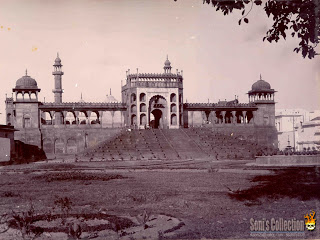

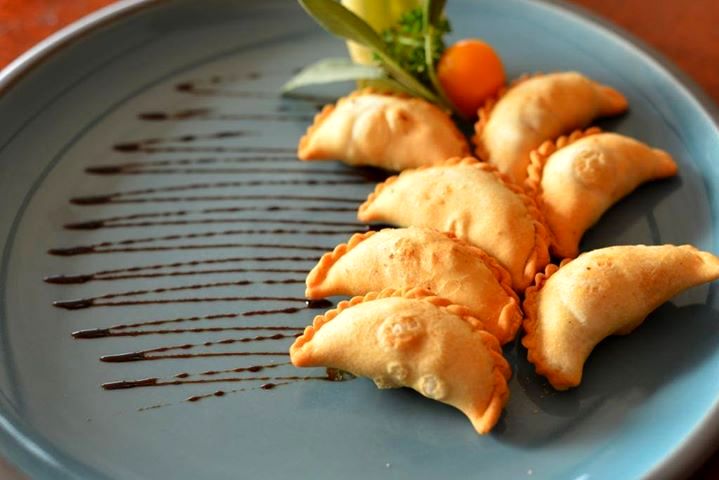

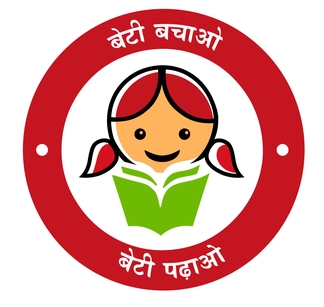
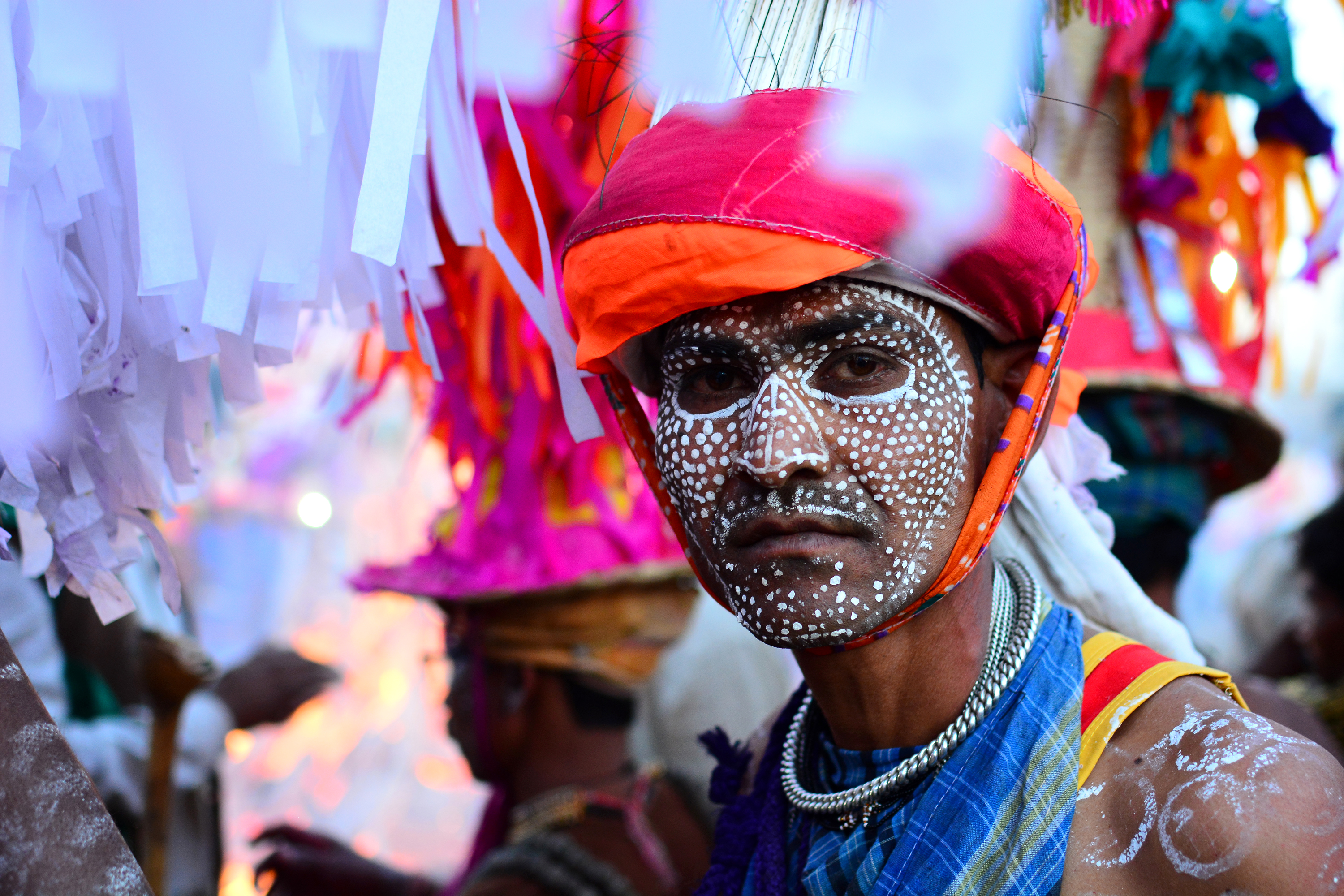
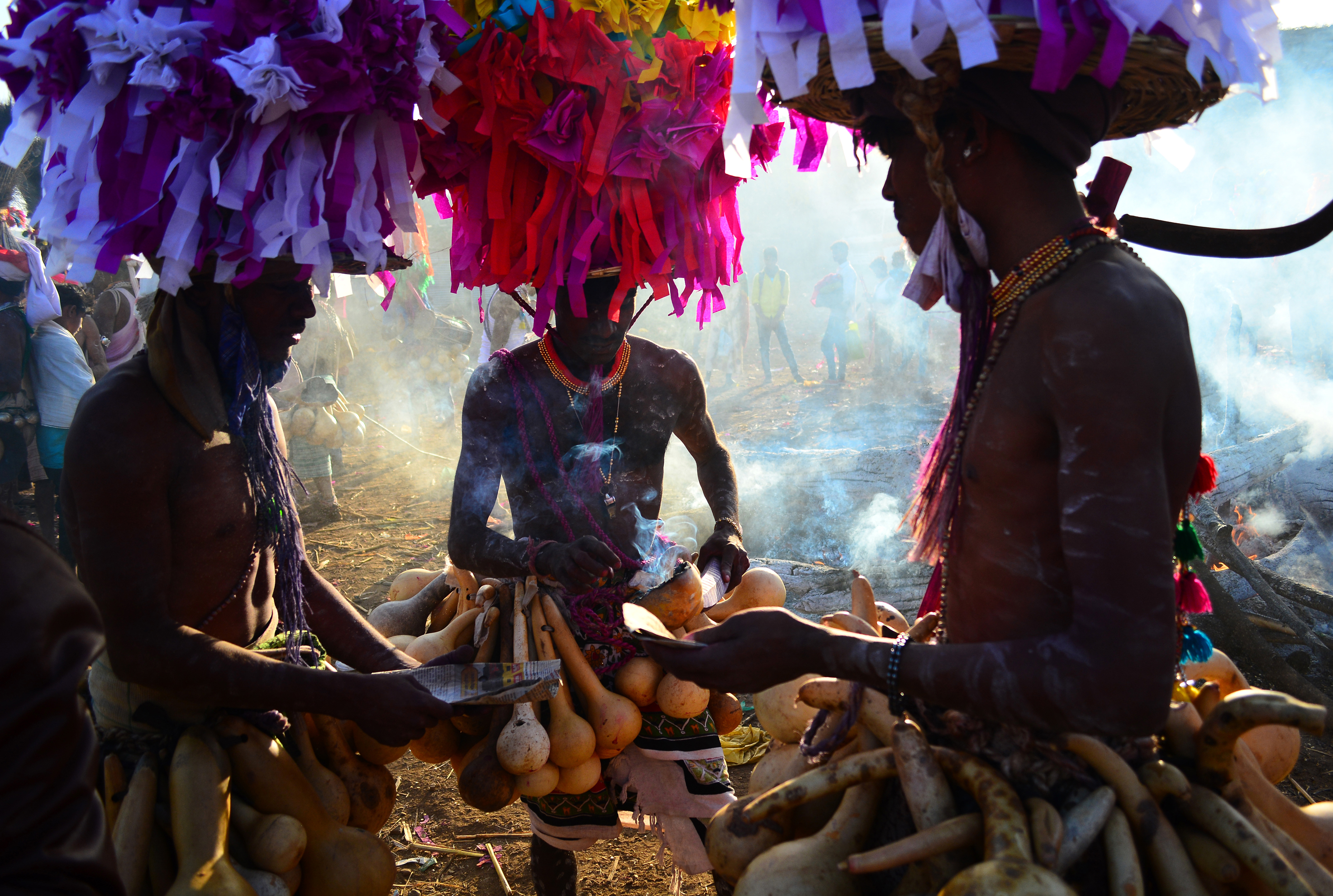

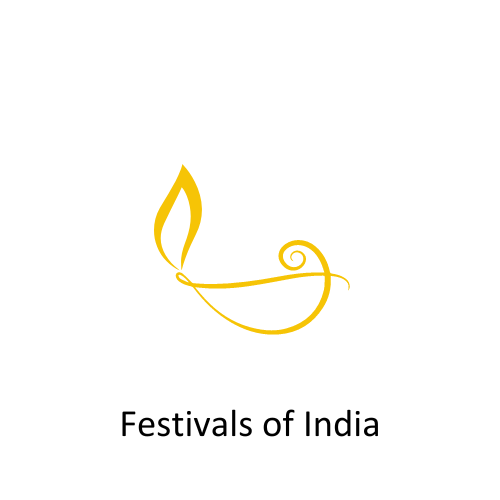
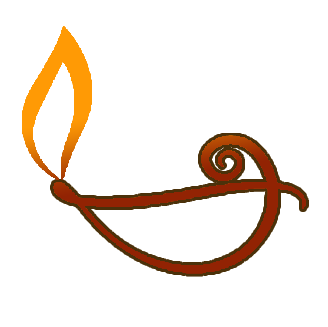
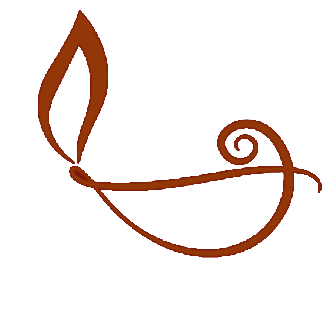
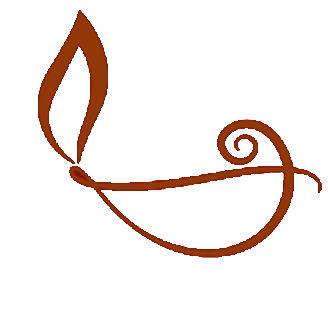


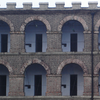







 Recognizing the ongoing need to position itself for the digital future, Indian Culture is an initiative by the Ministry of Culture. A platform that hosts data of cultural relevance from various repositories and institutions all over India.
Recognizing the ongoing need to position itself for the digital future, Indian Culture is an initiative by the Ministry of Culture. A platform that hosts data of cultural relevance from various repositories and institutions all over India.
